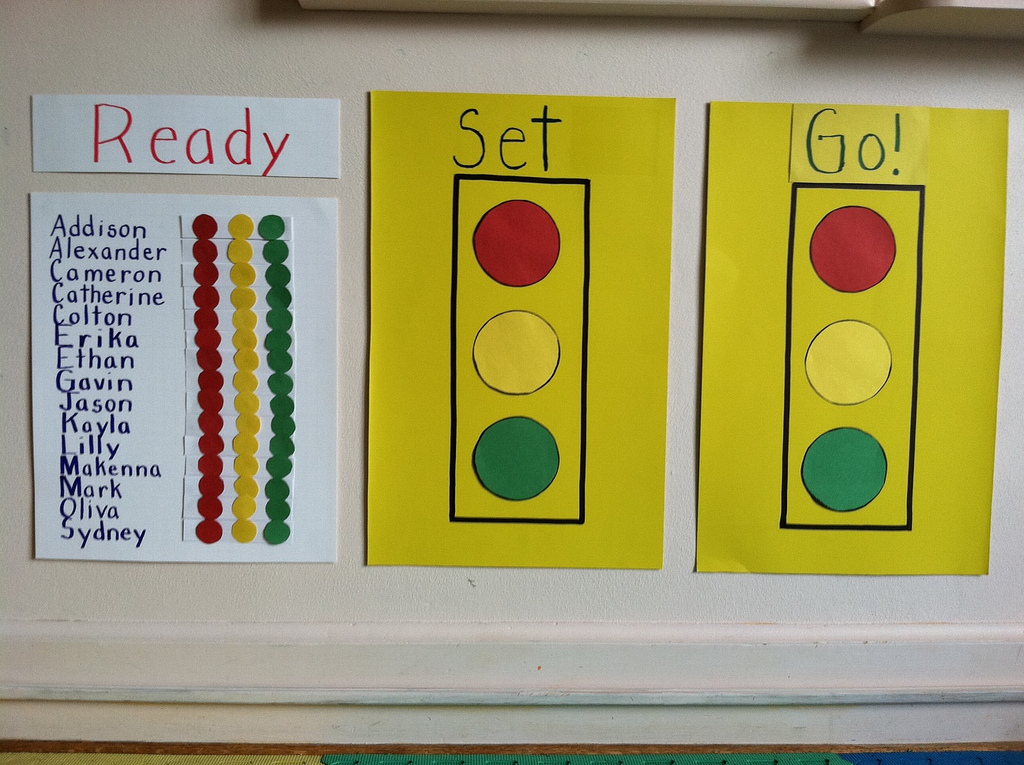Dominant and Secondary Projects
At Modus we now have a posted, dominant project at all times.
We post it as a large sticky on the wall. This is the banner saying “If you pull something and have any choice whatsoever, pull it from this backlog.”
This giant kanban token conveys our current organizational focus and promotes completion of that project.
Only when something is completed, does Modus receive any value from it.
This is why long projects with cumbersome deliverables are so difficult for companies and the people in them: long projects require long wait times to realize value.
As the anticipation for completion builds and we meet the inevitable disruptions in schedule, we are disappointed. As we are disappointed, our desire to work, our culture, and the quality of our work suffer.
Providing a constant reminder with a visual control, not just at the standup meeting (which is not a visual control), of the day’s focus has helped considerably.
I’ve noticed that Urgent but not Important tasks like answering emails, dealing with texts, and impromptu conversations not only derail us from the task at hand, but also the day’s focus. I’ve witnessed in others and myself that when we’re interrupted, we often don’t go back to what we were working on, but onto another interruption. After an unexpected phone call, we might suddenly find ourselves checking e-mail.
It seems that any break in flow, breaks the flow.
The visual reminder of major focus helps return us to the day’s project.
This is the fourth post in the series - Are You Just Doing Things. You can read the previous post here.
Written in Mesa, Arizona















